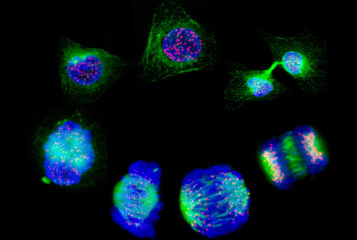Ethics of germline genome editing to prevent genetic diseases from an Islamic perspective
Dr Sayyed Mohamed Muhsin and Dr Alexis Heng Boon Chin give an ethical analysis of germline genome editing to prevent genetic diseases based on Islamic legal maxims (Qawaid Fiqhiyyah)...



